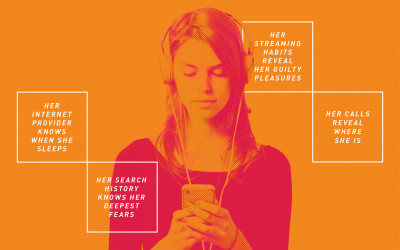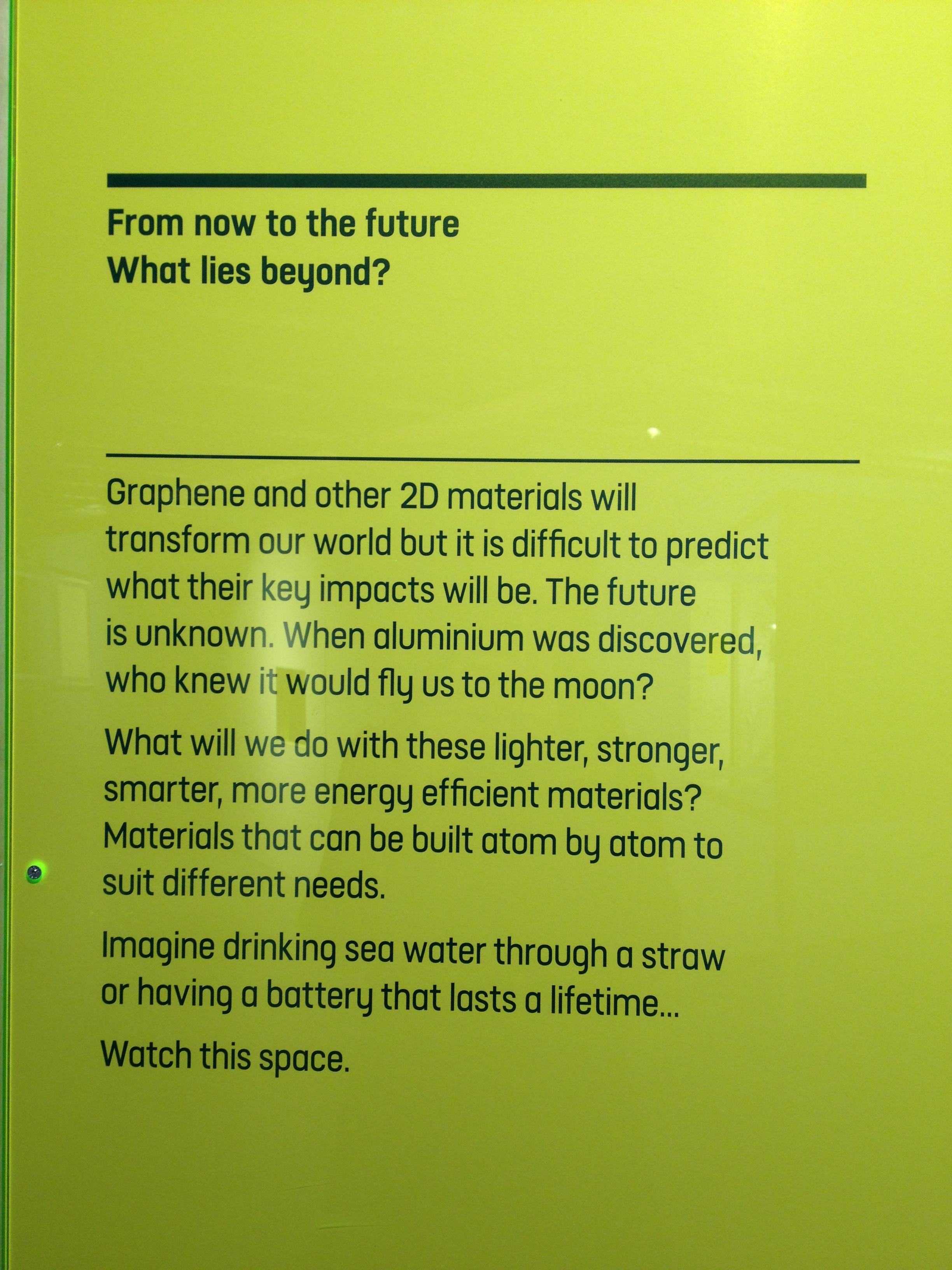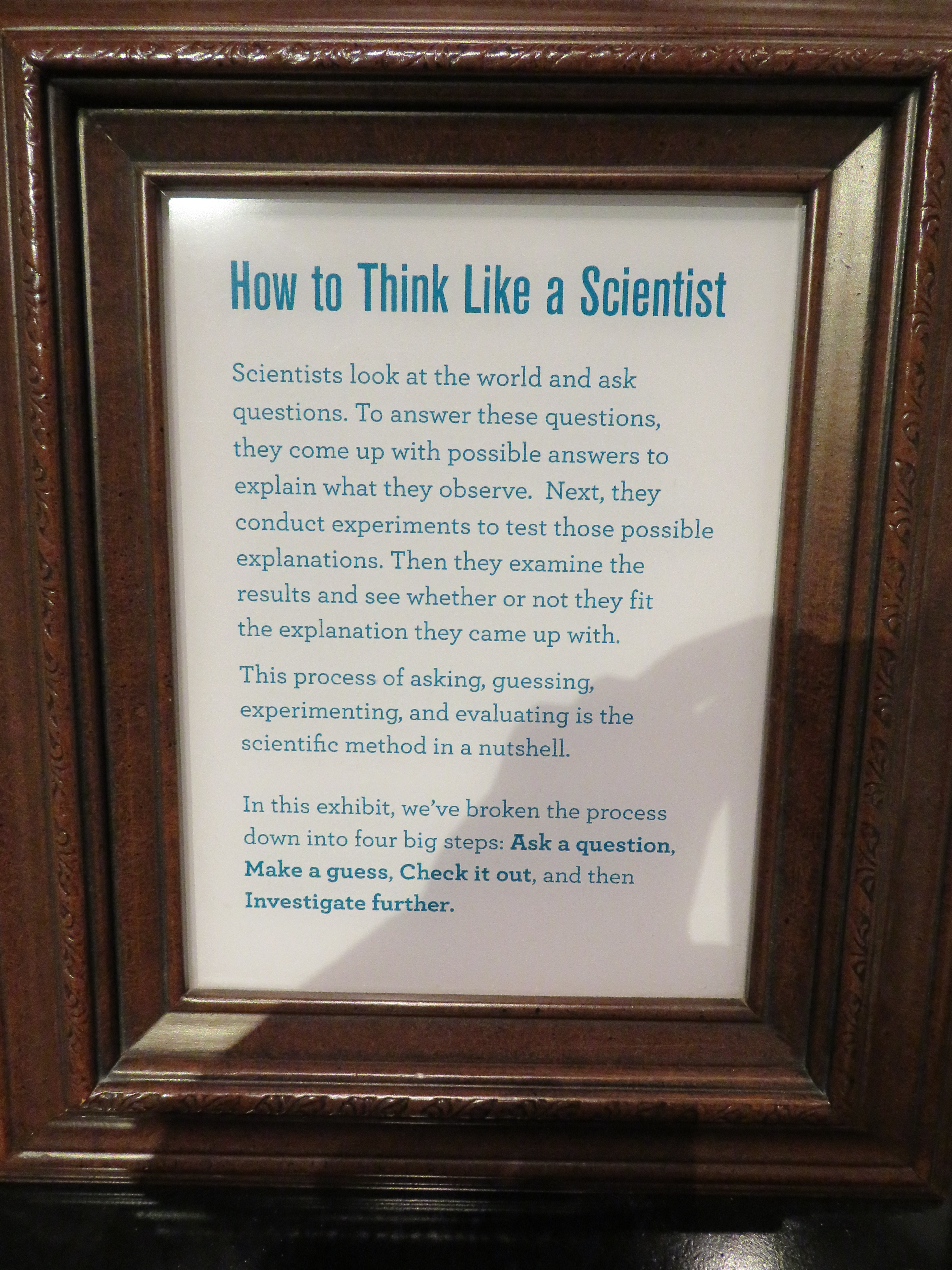For years we have provided experiences for the general public to not only enjoy, but learn from. And we know from our visitor numbers that they do enjoy them and that they keep coming back for more. But is our content appealing to everyone? How can we ensure that our content is accessible for all? And how can we help our visitors to become so engaged with science, technology, engineering and maths (STEM) that they want to continue participating in it?
We have considered two practical ways to address this:
- Ensure that we take into account the knowledge our visitors have already and build on this so that our content is at an appropriate level
- Ensure that we not only share STEM knowledge, but also highlight what science is and how it works
Building on visitors’ knowledge
Pitching content at the right level is key. After working with many scientists over the years, helping them to explain their research to the public, we are very aware of how off-putting it can be for people if content is pitched too high, or low for them. This can be enough to make people feel that STEM isn’t for them.
This doesn’t mean that we must ‘dumb down’ or remove science content from our experiences or indeed add lots more, rather we need to ensure that we take into account what our visitors already know and build on this. By approaching topics in this way, our visitors will find it much easier to make a personal connection to the content.
Without giving all visitors an in-depth exam to complete when they walk in the door, how do we do this? One approach is to start, not with the science content but with those experiences and knowledge that we all have in common. For example, if talking about the sun, instead of plunging in with information about radiation, we could start with asking visitors to think about how the sun’s warmth feels. Feeling the warmth of the sun on our skin is a common experience for us all and a good, solid opening to discussing why we feel this warmth.
The Our Lives in Data exhibition was a good example of this approach. Cyber security might be considered by many to be a rather dry or complex subject, however, by approaching it from a perspective of our lives and the technology we use every day the subject becomes so much more accessible to a wider audience.

This marketing poster for the exhibition encapsulates very well the approach and subject matter of the exhibition. It helps visitors feel more personally connected with the science content from the very beginning and would therefore, feel more accessible.
What science is and how it works
Research has shown that many people associate science with their school days and as a result think of it as being about facts, figures and black and white answers. We know that science is not like that; there are so many questions we have yet to answer, discoveries with exciting potential to explore and occasionally, new findings that turn our current understanding on its head. Museums and science centres are uniquely placed to demonstrate this and by broadening our content to include these ideas we can help to improve attitudes towards STEM.
Here are two examples of how we can do this from exhibitions we have recently seen. The first is from the Wonder Materials exhibition at the Museum of Science and Industry in Manchester.
At the end of the exhibition visitors are encouraged to think into the future and consider how our lives might change as a result of the discovery of graphene. The idea that science is not a done deal but an exciting, ongoing process is an important message because it opens up opportunities for visitors to contribute.

The second example is from the Museum of Science in Boston. It is part of an exhibition called ‘Investigate’ which is all about the scientific process.

Providing opportunities for visitors to learn about how scientists work and try out activities that follow the same methods can help demystify STEM careers and break down stereotypes.
At the Science Museum we encourage teachers to highlight the scientific process with their students in our teacher courses. We do this through an activity called Mystery Boxes, which aims to demonstrate how science works. In each Mystery Box is an object and participants have to investigate what’s inside without opening the box. Participants draw on their science skills to make observations, share ideas and use evidence to support their conclusions.

We use this activity as an analogy for how science works in the real world. Scientists go to work every day to try and find out ‘what’s inside the box’. Curiosity drives science and makes scientists strive to share ideas and run experiments to get closer to the ‘answer’. This is an exciting prospect and we find that this activity is a really effective analogy for both teachers and students. It helps them think about science in a new light and see that it’s all about discovery.
Science isn’t just a set of facts, it’s a way of thinking about and exploring the world around us. By including these messages in the work we do, from exhibitions and science shows, to our social media and marketing, we can not only excite and enthuse our visitors about STEM subjects but also help them see STEM in a new light.
How do you value and build on the STEM knowledge and experiences that visitors bring to us?
Kate Davis, Learning Resources Coordinator (Science Museum, London)